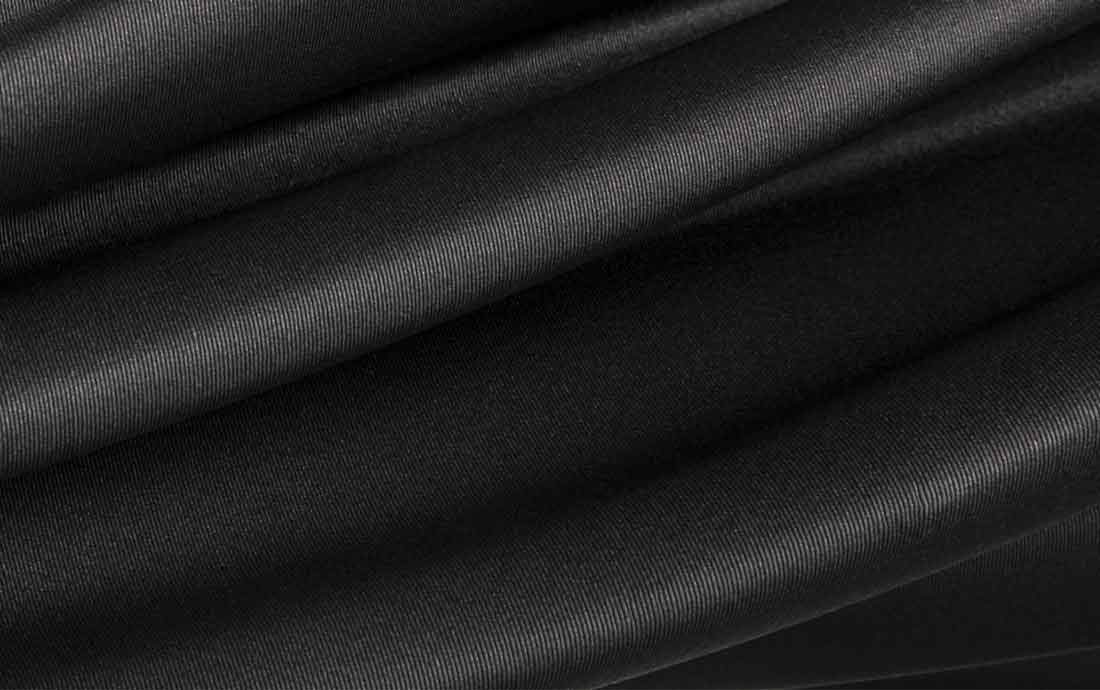SILICONE ADDITIVE MANUFACTURING FOR MEDICAL DEVICES
TWO-COMPONENT 3D PRINTING, AN ASSET FOR THE HEALTHCARE SECTOR
In recent years, additive manufacturing has transformed the way that new products are designed and manufactured in various sectors, especially in healthcare.
The S600D 3D printer, fitted with silicone cartridges, allows the deposit of extremely precise and fine strings of silicone, a breakthrough innovation. For this the S600D 3D printer is used with the LIQ11 (single-component) or the LIQ21 (two-component) toolhead.
To expand its range of silicones that are compatible with the S600D and, above all, make 3D printing with silicone available to the healthcare sector, LYNXTER has joined forces with the French silicone manufacturer, COP Chimie.
As a result, 3D printing in silicone on the S600D with COPSIL 3D 4025, two-component RTV 40 ShA silicone has been certified ISO 10993-5 for skin contact.
To earn this certification, test tubes printed with the S600D underwent cycotoxity testing.This certification assures that prolonged use is not dangerous for the user’s skin (certification for external use only).
Via this partnership, the COPSIL 3D silicone range is approved for use with the LYNXTER S600D printer.
This silicone range makes it possible to produce soft parts with complex designs and/or manufactured in small series (prototyping).
Because it can be used to manufacture customized, complex parts, 3D printing with fine strings of silicone is a real step forward for the healthcare sector and particularly for the orthotics sector.
ILLUSTRATION: 3D printing of orthopedic insoles
![]()
Tests for manufacturing orthopedic insoles made of silicone have been carried out jointly by COP Chimie and Lynxter to produce prototypes using standard modeling.
Orthopedic insoles are required in the field of orthotics and podiatry. These tests will validate the ability of 3D printing to develop personalized, made-to-measure products, an essential need in this sector of healthcare. These prototypes have been printed in COPSIL 3D 4025, a two-component RTV 40ShA silicone produced by the French manufacturer, COP Chimie.
Indeed, 3D printing is ideal for the production of insoles and the orthotics sector in general as it is one of the few production techniques that can easily be used to produce unique, made-to-measure products (complex and costly when using traditional production methods).
Custom-made insoles guarantee a precise fit to the unique shape of a patient’s foot. Silicone is therefore ideal due to its supportive properties, elasticity and cushioning to support body weight whilst remaining comfortable for the patient to wear.
In time, this technology will bring a new level of performance to orthopedic insoles, making them more efficient in the treatment of patients’ pathologies, more hygienic, more durable and more comfortable than those produced using conventional manufacturing techniques.




